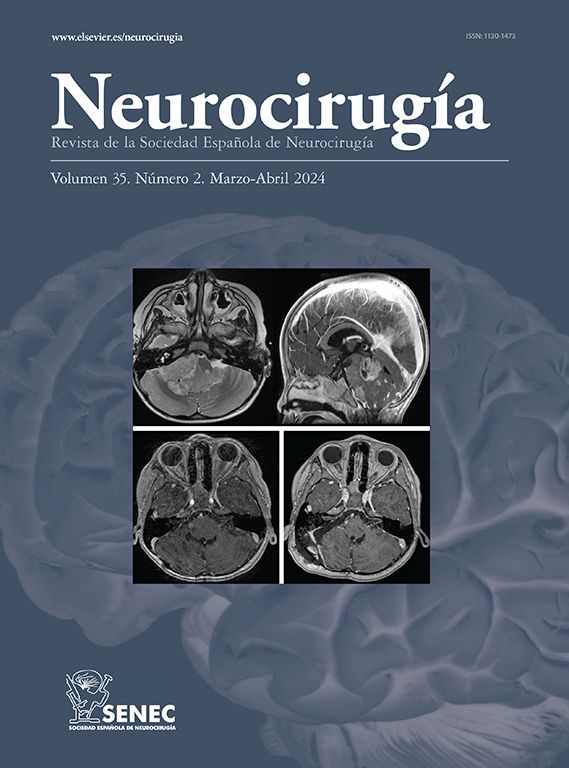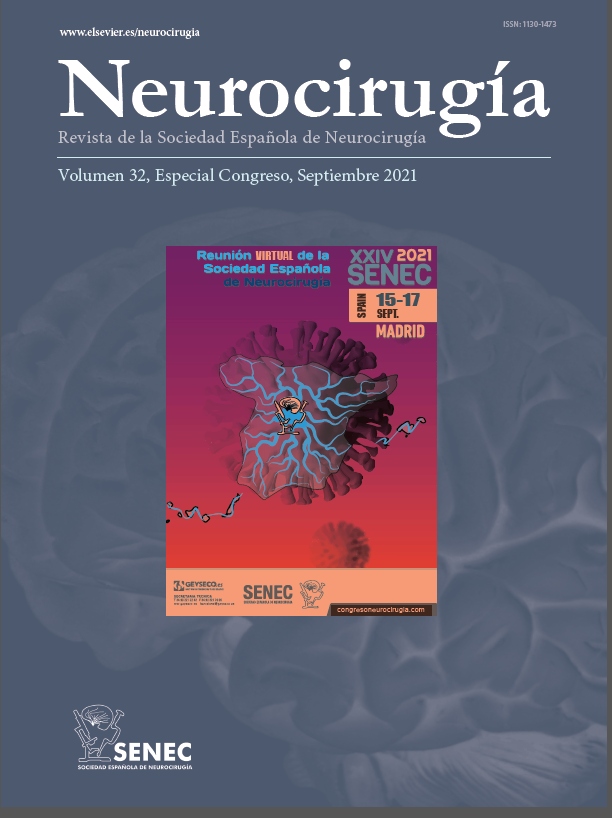C-0197 - DEEP BRAIN STIMULATION OF THE NUCLEUS ACCUMBENS, VENTRAL STRIATUM OR INTERNAL CAPSULE TARGETS FOR MEDICATION RESISTANT OBSESSIVE COMPULSIVE DISORDER: A MULTICENTRIC PROSPECTIVE STUDY
Neurocirugía, Hospital Universitario la Princesa, Madrid, Spain. Laboratory for Clinical Neuroscience, CTB, Universidad Politécnica de Madrid, Spain. Department of Neurosurgery, Fundación Jiménez Díaz, Madrid, Spain. Department of Neurourgery, University Hospital La Princesa, Madrid, Spain. Department of Psychiatry, University Hospital La Princesa, UAM, Madrid, Spain. Department of Psychiatry, University Hospital Central de Asturias, Oviedo, Spain. Department of Psychiatry, Fundación Jiménez Díaz, Madrid, Spain. Department of Neurosurgery, University Hospital Central de Asturias, Oviedo, Spain.
Objectives: Deep brain stimulation (DBS) of the nucleus accumbens (NAc), ventral striatum (VS) or internal capsule (IC) region has shown a 45-60% response rate in adults with severe treatment-refractory obsessive-compulsive disorder (OCD), irrespective of which target is used. We sought to improve the effectiveness of DBS, by placing the electrode along a trajectory including these three targets, enabling a change of stimulation site depending on the patient's response.
Methods: 16 patients were entered into a multicentric, prospective, open-label study. All patients were operated on under the same protocol. Qualitative and quantitative data were collected.
Results: Out of the 16 patients, 14 showed significant improvement in their OCD symptoms, as evident in a reduction ≥ 35% in their YBOCS scores following stimulation, relative to preoperative scores. Eight patients responded to stimulation at the NAc (the first area we set for stimulation), while four patients needed to have the active contact switched to the IC to benefit from stimulation.
Conclusions: These data indicate that DBS achieved a benefit in reduction of symptoms in our series of patients with obsessive-compulsive symptoms. The insertion of the electrode through the three stimulation sites may confer additional therapeutic efficacy.







